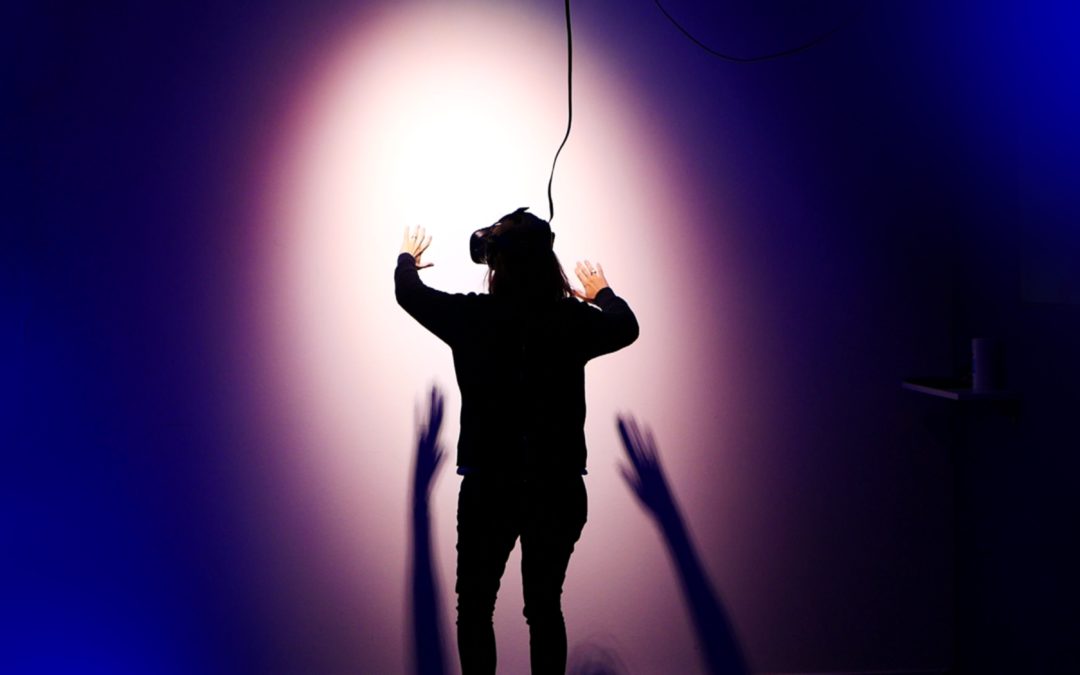Virtual reality swept onto the scene a few years ago, but most people have yet to experience any practical applications of it. For the majority, VR is a fun way to take in simulated environments in video games or other applications. Although they might seem like a new, budding form of technology, virtual reality systems have actually been in development since the late 1950s.
We’re experiencing micro-VR experiences; headwear like the Oculus Rift makes it possible for consumers to access VR easily. VR is rapidly expanding, but most people still have a limited understanding of how it works and, more importantly, where it’s going to be implemented in the future.
How Does VR Work?
Virtual reality technology is based on human perception. By relying upon the body’s natural spatial awareness, VR experts design ambients that reflect real life, incorporating directional cues like shadows and relative scaling of objects to emulate distance.
Field of view (FoV) is still something VR hasn’t mastered. In reality, most humans can take in the world from a 220-degree arc. Most VR headsets today use 114-degree FoV designs, which makes things appear in 3D but do not fully recreate a live experience.
Using headsets, VR tracks the wearer’s head movement to shift the environment respectively. Moving the entire body will not impact the virtual landscape, so users are required to only use neck turns to take in new scenery.
More contemporary VR tech like the 6DoF (“degrees of freedom”) can sense a user’s position in physical space and create a much more realistic experience.
Future Technology
The implementation of gloves will soon give VR users a simulated tactile experience, and advanced VR training will expand throughout surgical operating rooms worldwide. In clinical psychology, VR headsets will be used to help patients overcome PTSD. By creating simulated environments that replicate their trauma without placing them in any real danger, VR will help patients begin to reprocess triggering stimuli to reduce symptoms and develop resilience.
In short, VR is not going to replace real-life but rather enhance it in many ways. People will have greater opportunities to expand their education and experience things that might not otherwise be possible. In the meantime, it’ still fun to grab a VR headset and immerse oneself in the vivid environments that define the early days of this revolutionary era.
Photo by Stella Jacob on Unsplash

